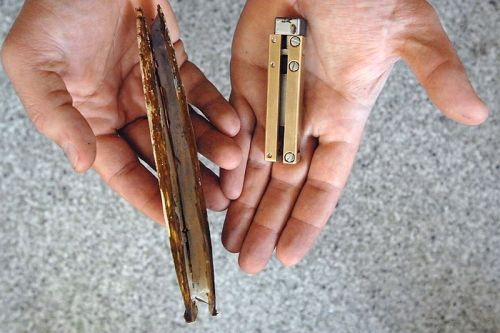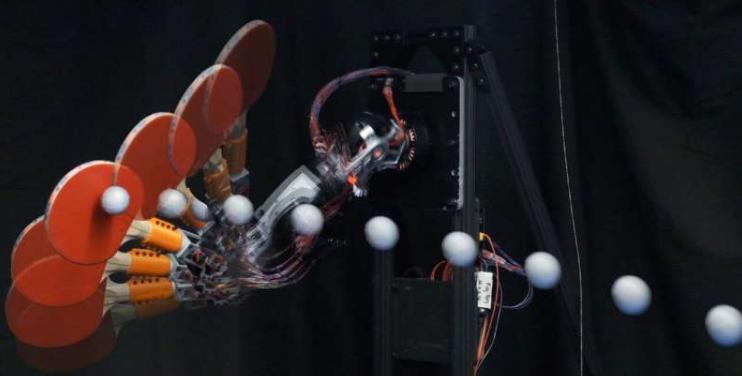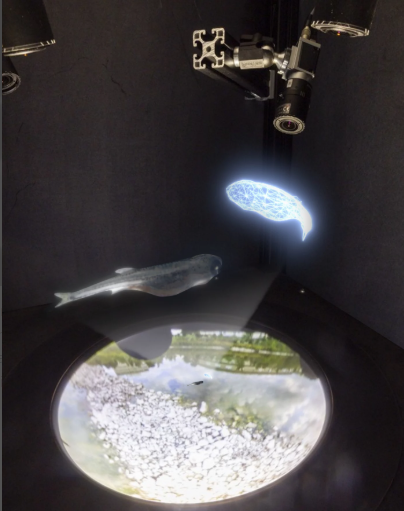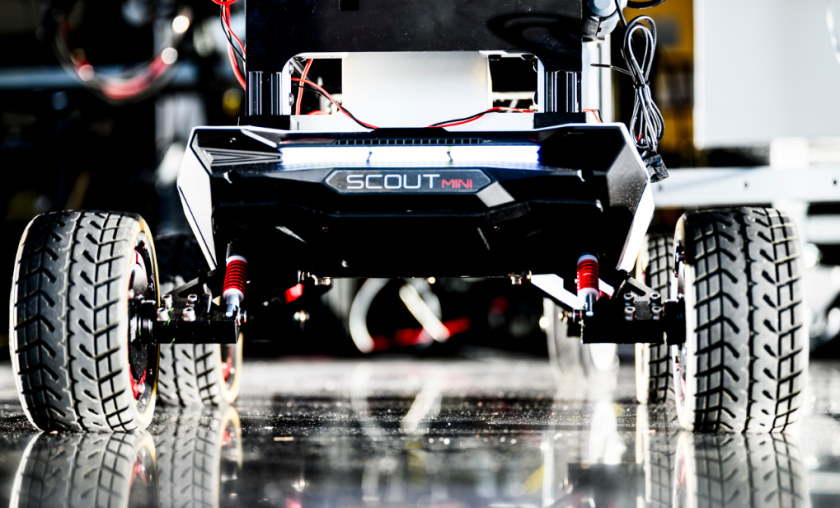Biomimicry: RoboClam Replicates Atlantic Razor Clam’s Dynamics
In order to understand the efficient workings of flora and fauna, scientists always try to emulate nature’s wisdom, to which they call biomimicry. In one such attempt, researchers at the Massachusetts Institute of Technology have created RoboClam that digs itself into the soil to annihilate mines and to bury anchors.
Atlantic razor clam (Ensis directus) has a stiff shell yet it is able to thrust itself through soil with a rate of 1cm/s. It’s been long since researchers were working upon the mechanism as to how the shellfish is able to reduce the drag while burrowing.
The mechanics of abrupt transition
As razor clam burrows through the soil, it iterates its shell, imbibes water through its suction mechanism and simultaneously keeps contracting in size. This technique together creates a fluidized substrate called quicksand.
Timing is very important in the entire process, that is, if the iteration were slow then the particles of sand around the animal would collapse. And if it would be too fast, the sand particles would not mix properly with water hence would remain still.
Researchers developed a mechanical puppet clamshell based on the specific energy anchoring system that is able to create the similar environment of quicksand around itself. A rod is passed through the clamshell device that helps it in opening, closing and pushing up & down, the movements are quite similar to that of the shellfish.
Energy-saving anchoring system
The team has tested the prototype in salt water, for experimenting, they devised a compressed air system to tackle the opening and closing of the shells. After the successful testing, the team now is working on its electronic version for using it below the water surface.
Along with underwater anchoring and detonating mines, the RoboClam would be employed for laying underwater cables, researchers envision. Conventionally, human divers perform the job of laying the cables especially across the Atlantic; this process has consumed a lot of time, energy and of course money. However, with the new system the process would pick up speed with higher level of proficiency.




